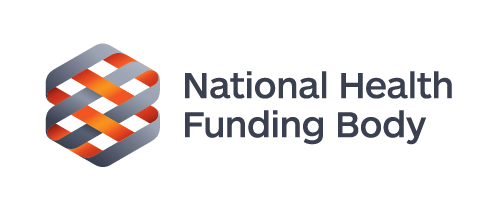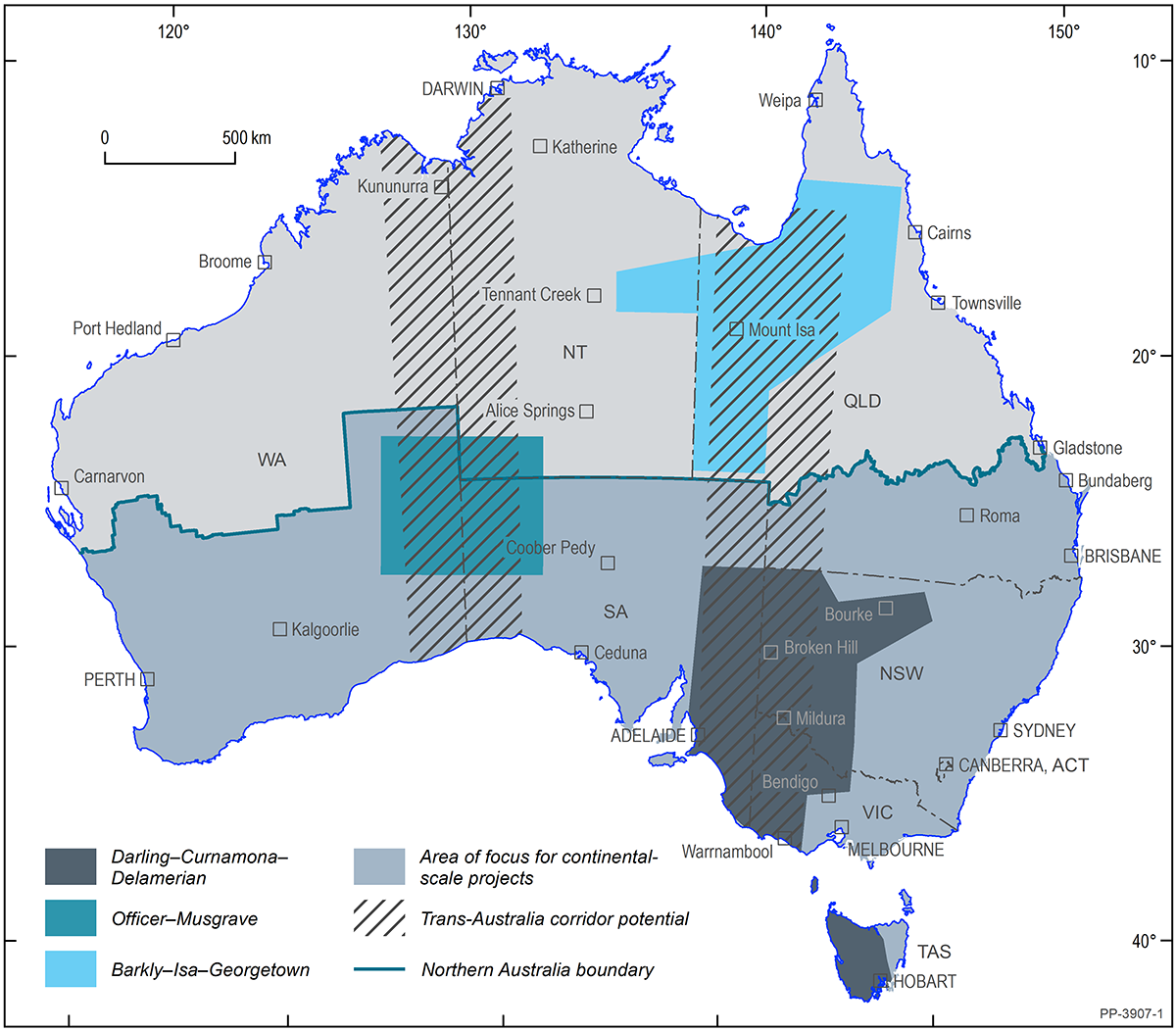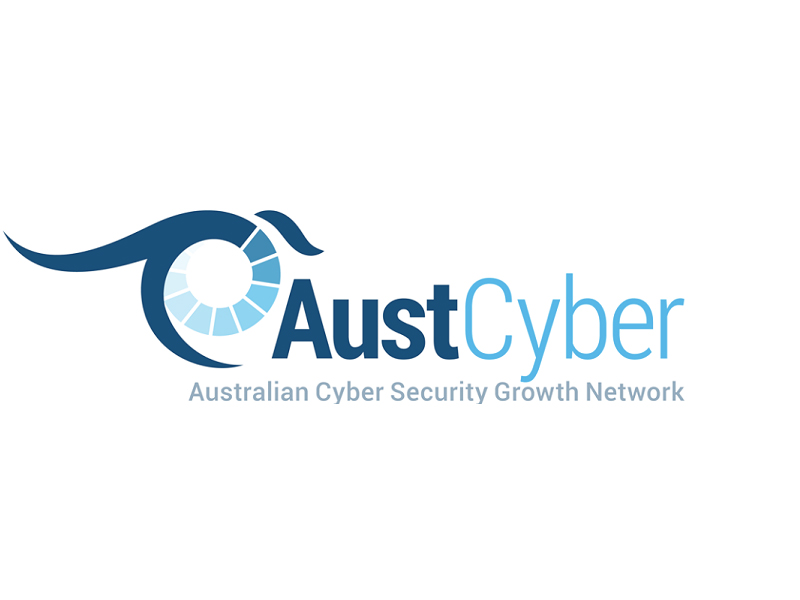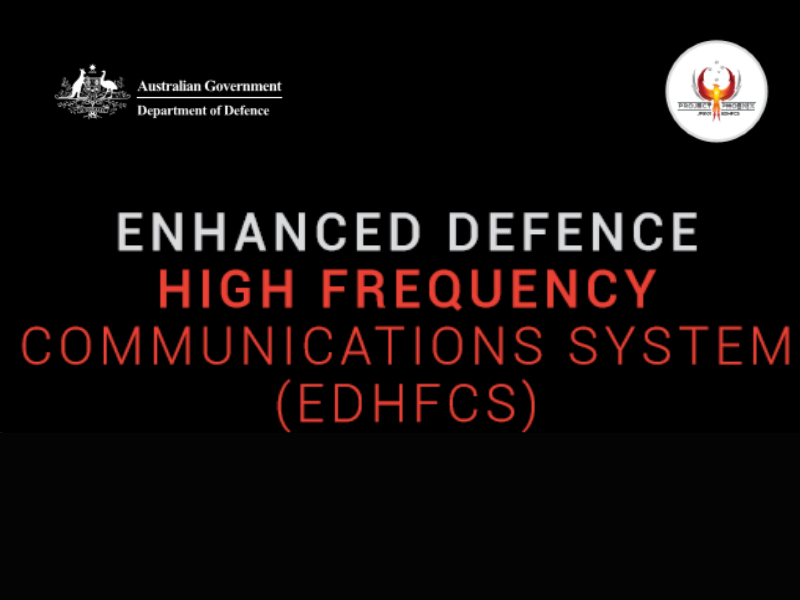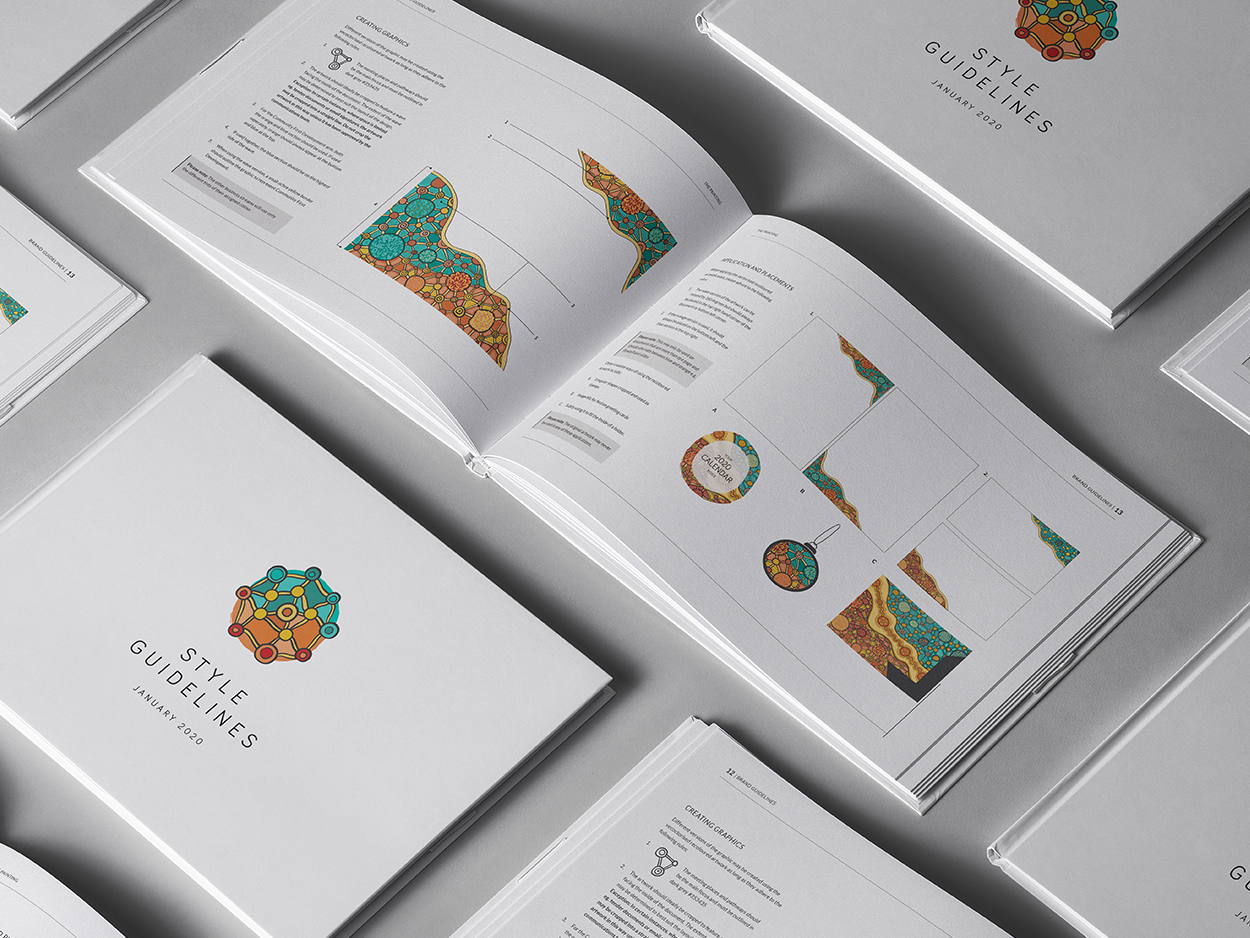Strategic communications
Why a good communication strategy is vital
An effective communication strategy drives and manages an organisation’s internal and external flow of information. It makes sure the right content gets to the right people at the right time via the right channels. Ultimately, it protects and strengthens the trust that audiences have in an organisation’s brand and reputation.
Without it, an organisation risks broadcasting inconsistent and unclear content. This will confuse its audience and weaken its reputation, and the organisation will fail to fulfil its brief to serve the public.
We have a long track record in creating effective communication strategies for the government and the public sector, and helping teams implement them successfully. We have also created a unique and powerful strategy tool—Direct-to-Citizen Communication Engagement framework. This allows us to fulfil our mission to help the government and public sector strengthen communities and improve the wellbeing of citizens through effective content communication.
Our approach
We take a holistic and value-for-money approach to help government and public sector communication teams create efficient and effective strategic communications.
This applies to all good communications management, whether we are creating a new communication strategy or advising on and improving an existing one.
We research before we write, which invariably saves time and money later. We find out exactly what an organisation is trying to communicate and who its audiences really are. We look for facts and not assumptions; evidence not guesses.
We get the communication mix right by carefully choosing from a wide variety of communication tools—from vision/mission statements to social media posts and the latest digital transformation and change management techniques.
Our approach is enabled by our Direct-to-Citizen Communication Engagement Framework, a best-practice, evidence-based business model that gives staff a workable, accountable and consistent way of planning, creating, distributing and evaluating content.
Our process
We follow a proven, logical, step-by-step process for helping government and the public sector create efficient and effective strategic communication. We work hand-in-hand with the client, based on a client-approved scope, risk register and project plan.
We first help to perform a communication audit to fully understand the current state of the client’s communication strategy and plan, and how aligned they are with the organisation’s overall purpose, or mission.
We clarify (among other things):
- who audiences and stakeholders really are, what they really need to know, how they best consume information and what they expect of the organisation
- which elements of the current communication strategy and plan are helping to meet communications objectives and which are not.
The audit acts as a baseline from which we can write the most tailored and fit-for-purpose communication strategy and plan, based on the client’s actual rather than perceived needs.
Our unique Direct-to-Citizen Communication Engagement framework
Our unique Direct-To-Citizen Communication Engagement (D2CCE) framework is a best-practice, evidence-based business model for government and public sector organisations.
In the short term, it gives staff a workable, accountable and consistent way of planning, creating, distributing and evaluating content, especially as they undergo digital transformation.
Longer-term, the framework will embed a more effective and efficient communication culture within organisations. This will help them to build internal and external communication capability and deliver more measurable, consistent and impactful content.
We developed the framework in partnership with the Australian National University, adopting best practices and guidelines in areas such as strategic planning, government communication, project management, risk management and public relations. This included guidance from the Australian Government’s Digital Transformation Agency.
Explore our work
case study on stakeholder survey across state, territory and federal government levels for the national health funding body PROJECT BRIEF Since 2018, the National Health...
STRATEGIC COMMUNICATION AND STAKEHOLDER ENGAGEMENT STRATEGY The Capability Acquisition and Sustainment Group (CASG) purchases and maintains military equipment and supplies required for the Australian Defence...
Strategic communication and stakeholder engagement strategy Critical Systems Branch (CSB) in the Department of Defence is responsible for acquiring and sustaining information technology systems in...
ONLINE FORMATIVE ASSESSMENT INITIATIVE – DISCOVERY PHASE In March 2019, the Australian Government Department of Education, Skills and Employment commissioned contentgroup to develop and deliver...
department of home affairs, commonwealth coordinator-general for migrant services Refugee needs are complex, and so is the sector that supports them. Different services are provided...
STAKEHOLDER RESEARCH AND COMMUNICATION STRATEGY contentgroup was engaged to produce a Communication Strategy for one of Geoscience Australia’s Priority Programs – Exploring for the Future...
Strategic Partners and Delivery of a Full Suite of Communications Products/Services contentgroup and AustCyber have a strong and trusted relationship when it comes to collaboration...
The Digital Skills Organisation, otherwise known as DSO, is one of three Pilot Skills Organisations established by DESE as recommended by the Joyce Review into...
Tourism Research Australia (TRA) equips the Australian tourism industry with information and data to strengthen its marketing and business decisions. In October 2017, TRA recognised...
Long Range High-Frequency communications is an important sovereign Defence capability that partners with other Australian Defence Force (ADF) long range communications capabilities such as satellite...
industry engagement strategy and supporting collateral In November 2019, contentgroup was engaged by CapabilityAcquisition and Sustainment Group (CASG) to support the SEA1442 Phase 5industry engagement...
Communication and Engagement Strategy & Full Brand Collateral Suite Design Aboriginal and Torres Strait Islander communities are making exciting things happen. As they create businesses...
contentgroup was engaged by Science Technology Australia to deliver social media training as part of their Superstars of STEM program. Superstars of STEM aims to...
